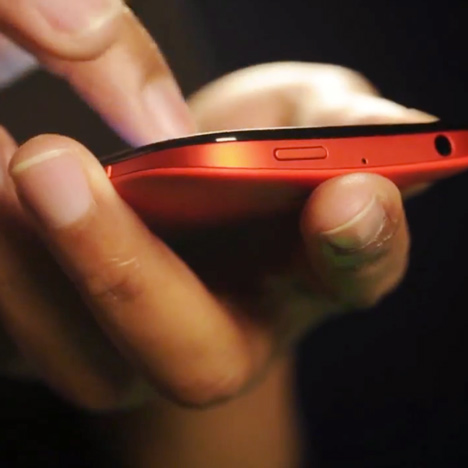News: researchers in America have developed a friction-based miniature generator that could enable mobile devices to be charged by typing or stroking the screen.
The generator created by nanotechnology expert Zhong Lin Wang and his team at the Georgia Institute of Technology produces electricity when two sheets of a specially adapted polymer are rubbed or pushed together.
Actions such as tapping, swiping, stroking or even the movement of a device incorporating the material in the user's pocket could generate electricity, making external power sources redundant.
The technology is based on a principle called triboelectricity, which produces a charge similar to static electricity when two materials touch or rub together.
By adding microscopic patterns that increase the level of friction, the researchers have developed a triboelectric nanogenerator, or TENG, which is capable of producing a power output density of 300 Watts per square metre – enough to illuminate 1000 LED bulbs with the stamp of one foot.
"The amount of charge transferred depends on surface properties," said Wang. "Making patterns of nanomaterials on the polymer films' surfaces increases the contact area between the sheets and can make a 1000-fold difference in the power generated."
The TENG technology can be applied to other materials, from paper to metal, plastics and cloth, and has already been incorporated into shoe insoles, whistles, floor mats, backpacks and ocean buoys to harness the power created by movement.
The team presented the project earlier this week at a meeting of the American Chemical Society in Dallas and is currently working on commercial applications including chargers for mobile devices.
Wang believes the technology will be able to contribute significantly to global energy production within five years by using tiny generators to harness energy from ocean waves, rain drops or wind power.

